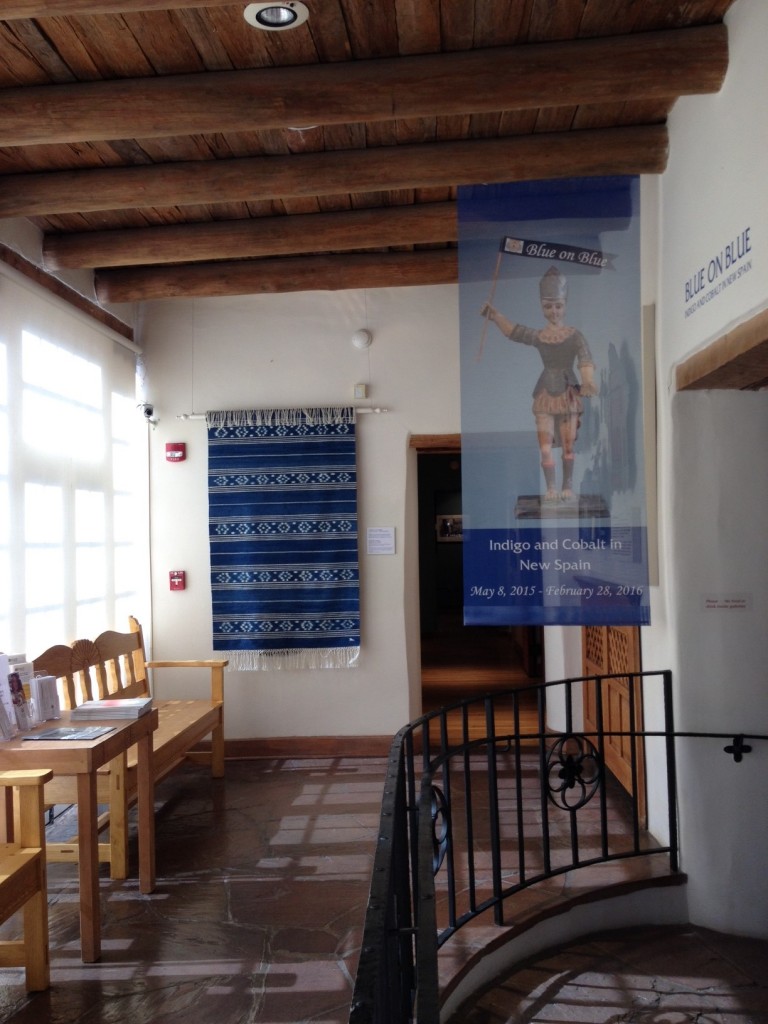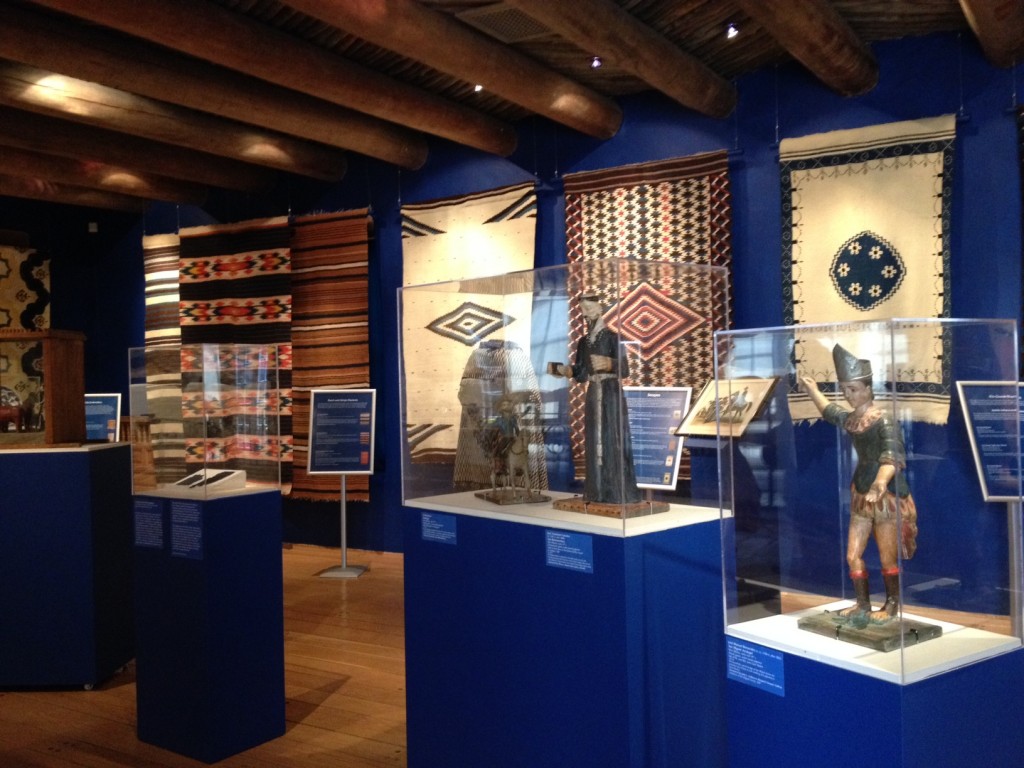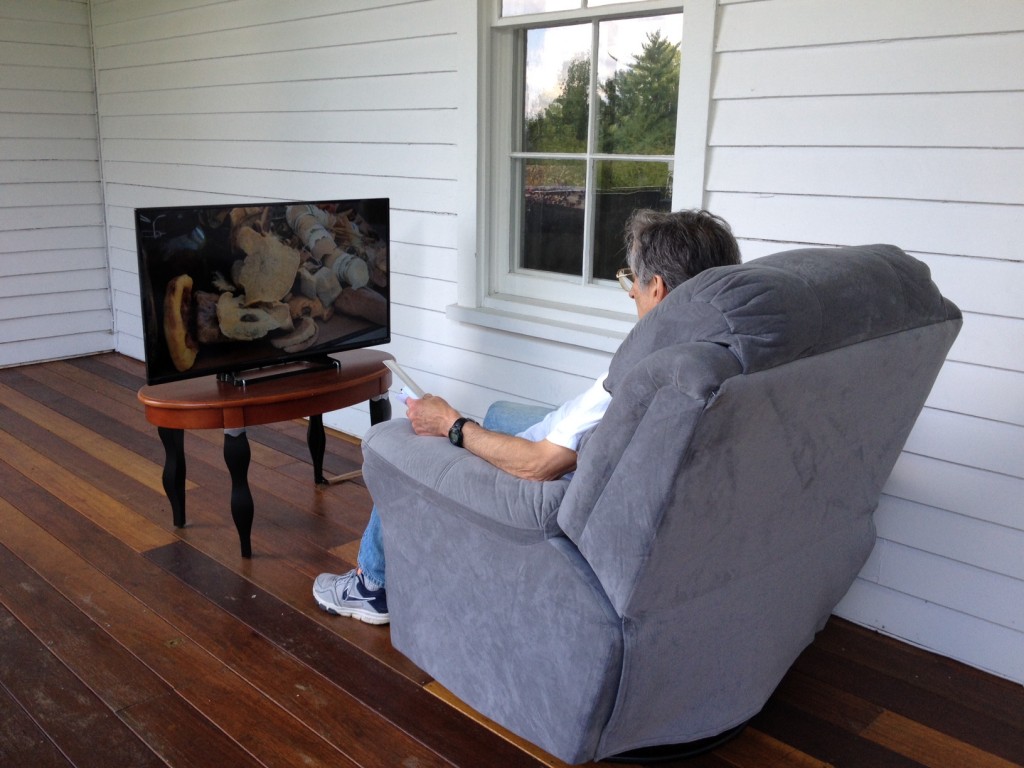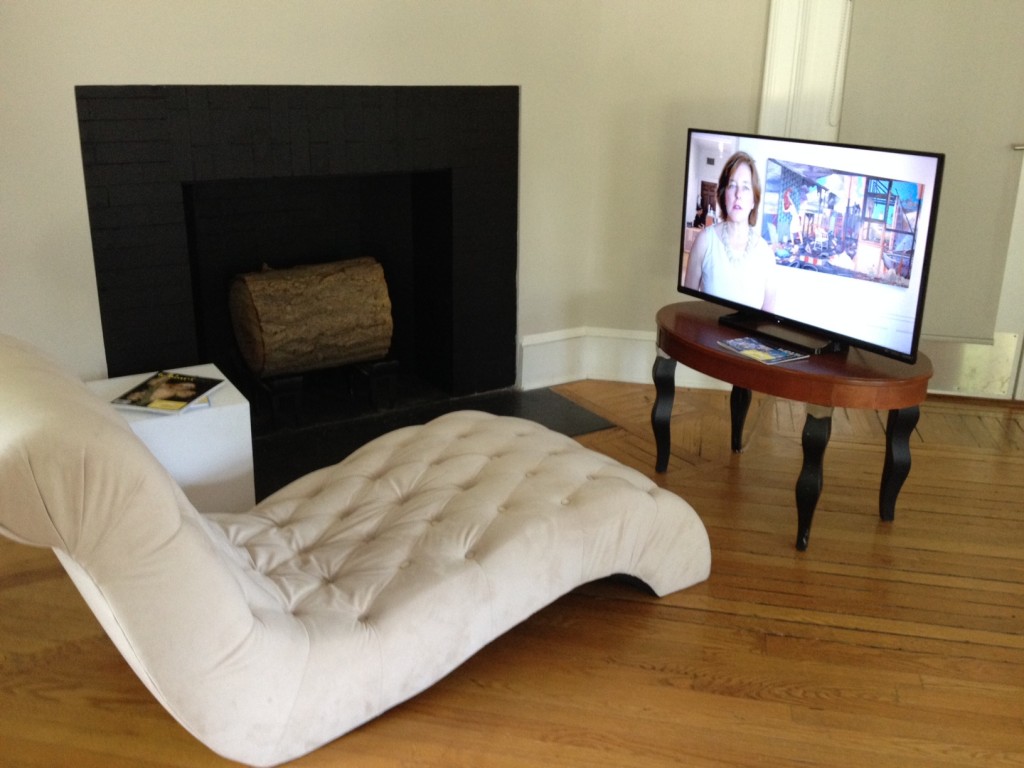 More observations from my travels this summer: Several smaller museums got together this summer to create hoopla by agreeing to present variations on a theme. I see this is as a really good thing, and I have heard anecdotally that it worked. That it, the thematic cooperation brought more attention from the media, sometimes even national media, which helps draw visitors.
More observations from my travels this summer: Several smaller museums got together this summer to create hoopla by agreeing to present variations on a theme. I see this is as a really good thing, and I have heard anecdotally that it worked. That it, the thematic cooperation brought more attention from the media, sometimes even national media, which helps draw visitors.
One was very near: the seven institutions in the Fairfield/Westchester Museum Alliance (FWMA) each agreed to present an exhibition about one of the Seven Deadly Sins. So, the Bruce Museum got Pride, and curated a show of art and material culture “from the Renaissance into the contemporary period.” The Hudson River Museum got Envy, the Katonah Museum of Art got Gluttony, and so on. The FWMA published a brochure about the series.
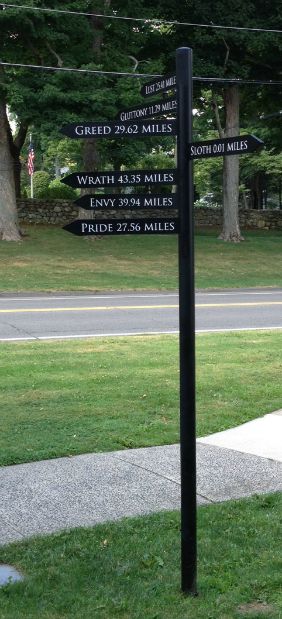 The Bruce Museum in Greenwich provides all the details here. The Wall Street Journal reviewed the effort. giving the Bruce the highest marks. The exhibition included works by Saenredam, Dore, Durer, Goltzius, Daumier, among others. The star, perhaps–and cover of the catalogue–was Gabriel Schachinger’s Sweet Reflections, an elegantly dressed woman gazing at her reflection in a mirror (below left).
The Bruce Museum in Greenwich provides all the details here. The Wall Street Journal reviewed the effort. giving the Bruce the highest marks. The exhibition included works by Saenredam, Dore, Durer, Goltzius, Daumier, among others. The star, perhaps–and cover of the catalogue–was Gabriel Schachinger’s Sweet Reflections, an elegantly dressed woman gazing at her reflection in a mirror (below left).
I got to only one–the Aldrich Contemporary Art Museum in Ridgefield, Ct., which got Sloth, a good one to see if you lacked time to travel around. The Aldrich approach was very clever–best viewed as conceptual art. For Sloth, the Aldrich did nothing “original,” but rather made videos of the six other exhibitions. The videos ran on six TVs at the Aldrich and visitors could watch each one from a Bob-O-Pedic recliner (at left). Outside was a signpost showing the directions and mileage to the six other museums (right).
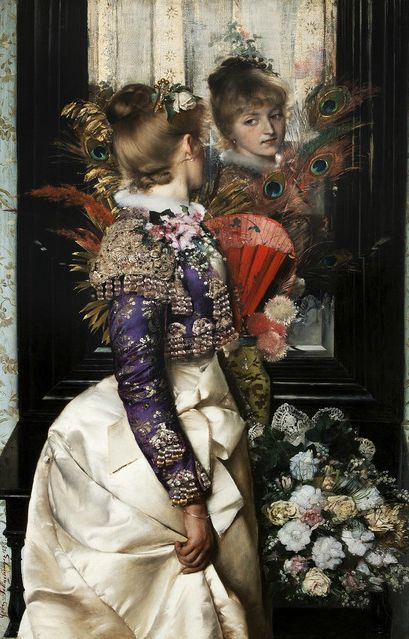 Inside was a newspaper providing an “Exclusive Report” entitled “Curators Too Lazy,” tabloid-style, and brief “articles,” like one headlined “The Art of Loafing.” (Maybe this was too cute…)
Inside was a newspaper providing an “Exclusive Report” entitled “Curators Too Lazy,” tabloid-style, and brief “articles,” like one headlined “The Art of Loafing.” (Maybe this was too cute…)
UPDATE, 9/19: I’ve added one more Aldrich photo, with a visitor, at the end of this post.
Then I went to Santa Fe, where I visited two of the exhibits in Summer of Color, a joint effort by four museums, the botanical garden and (very broadly) the annual Native American Market.
The Museum of International Folk Art received the most attention, I think, for The Red That Colored the World—a very good show that was also reviewed in the WSJ. I thought the exhibit was well-thought out, a fresh approach and, if a bit repetitive, definitely worth seeing.
I also stopped in at the Museum of Spanish Colonial Art, which is presenting Blue on Blue: Indigo and Cobalt in New Spain through next April. For a small museum, I thought it did a fine job, as these pictures of the entrance and the main gallery illustrate–they’re below at the end of this post.
Perhaps galvanized by the cooperative effort or the attention, Santa Fe institutions are not letting up. They are right back in coming months with the Fall of Modernism, which will involve three exhibits celebrating the American Modernist art movement. Running from now through January, it offers: Georgia O’Keeffe in Process and An American Modernism: Painting and Photography at the New Mexico Museum of Art and From New York to New Mexico: Masterworks of American Modernism from the Vilcek Foundation Collection at the Georgia O’Keeffe Museum.
Meanwhile, some art galleries in Santa Fe will also showcase Modernist art.
To me, this effort seems a bit quick, and may end up disappointing. These collaborations generally require more planning time and more execution time than they at first seem.
Nonetheless, Â when well planned–and used sparingly–I think they can draw wider than normal audiences. Why do I say that? The publicity, which so many museum directors tell me drives attendance.
ALDRICH:

